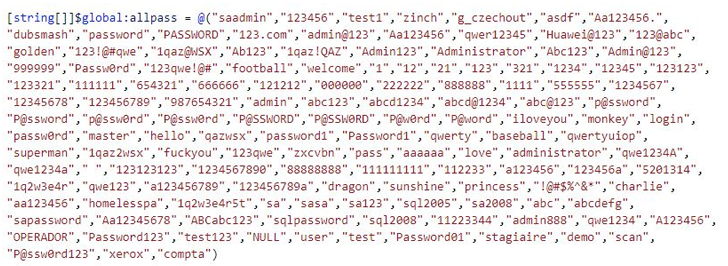Poorly managed Microsoft SQL (MS SQL) servers are the target of a new campaign that’s designed to propagate a category of malware called CLR SqlShell that ultimately facilitates the deployment of cryptocurrency miners and ransomware.
“Similar to web shell, which can be installed on web servers, SqlShell is a malware strain that supports various features after being installed on an MS SQL server, such as executing commands from threat actors and carrying out all sorts of malicious behavior,” AhnLab Security Emergency response Center (ASEC) said in a report published last week.
A stored procedure is a subroutine that contains a set of Structured Query Language (SQL) statements for use across multiple programs in a relational database management system (RDBMS).
CLR (short for common language runtime) stored procedures – available in SQL Server 2005 and later – refer to stored procedures that are written in a .NET language such as C# or Visual Basic.

The attack method discovered by the South Korean cybersecurity firm entails the use of CLR stored procedure to install the malware in MS SQL servers using the xp_cmdshell command, which spawns a Windows command shell and passes an instruction as input for execution.

Some of the techniques employed by threat actors, including those associated with LemonDuck, MyKings (aka DarkCloud or Smominru), and Vollgar, concern the exploitation of internet-exposed MS SQL servers via brute-force and dictionary attacks to run xp_cmdshell commands and OLE stored procedures and execute malware.
The use of CLR stored procedures is the latest addition to this list, with attackers taking advantage of SqlShell routines to download next-stage payloads such as Metasploit and cryptocurrency miners like MrbMiner, MyKings, and LoveMiner.
Learn to Stop Ransomware with Real-Time Protection
Join our webinar and learn how to stop ransomware attacks in their tracks with real-time MFA and service account protection.
Save My Seat!
What’s more, SqlShells named SqlHelper, CLRSQL, and CLR_module have been used by different adversaries to escalate privileges on compromised servers and launch ransomware, proxyware, and incorporate capabilities to carry out reconnaissance efforts in targeted networks.
“SqlShell can install additional malware such as backdoors, coin miners, and proxyware, or it can execute malicious commands received from threat actors in a way similar to WebShell,” ASEC said.
